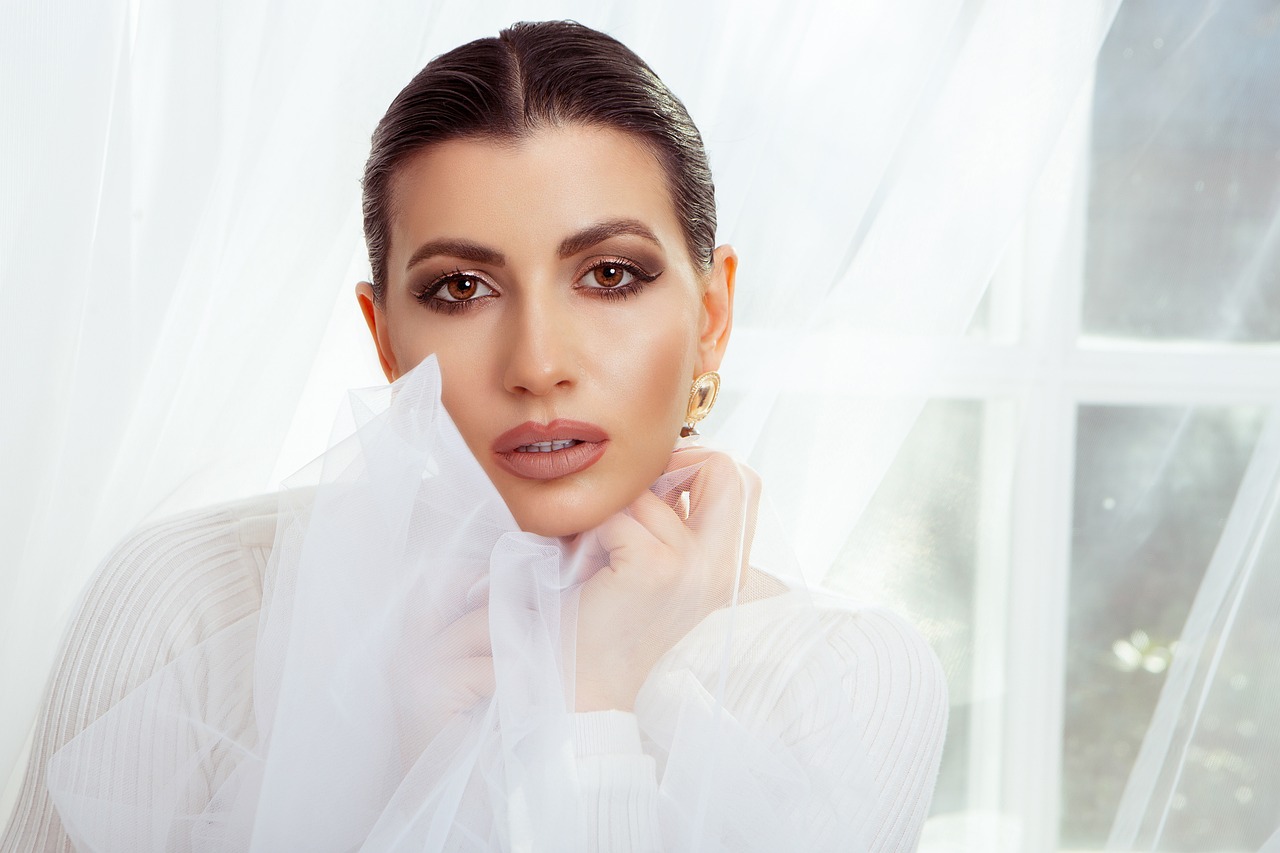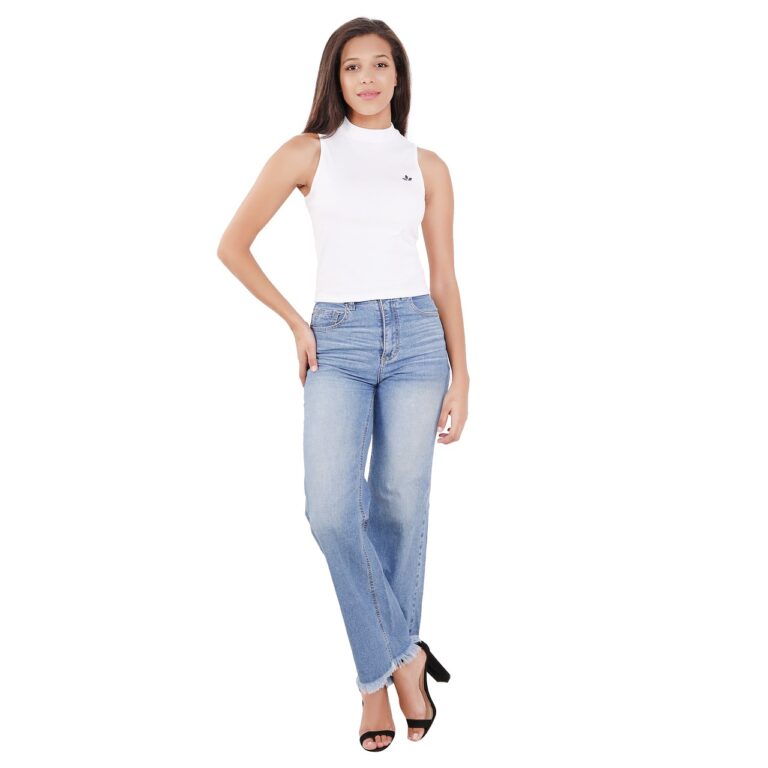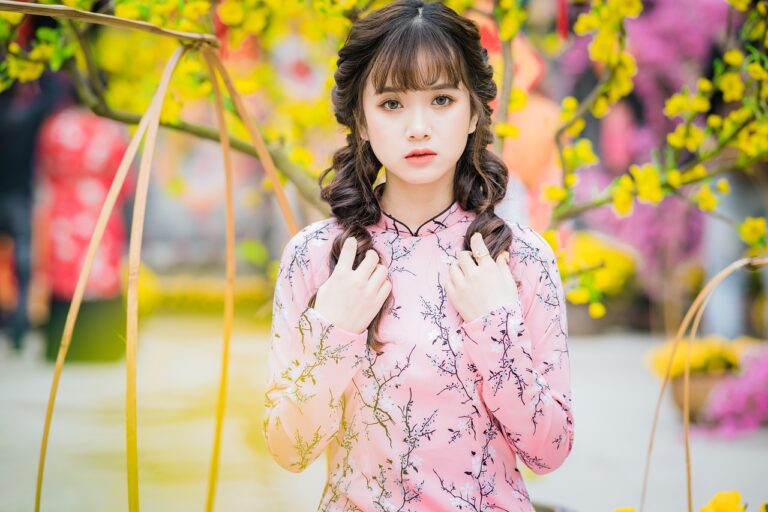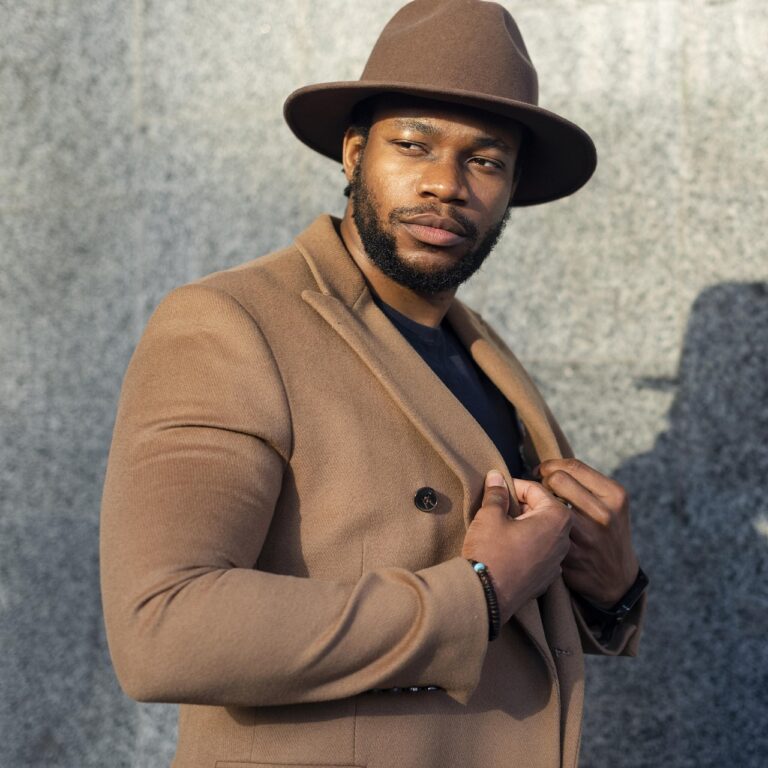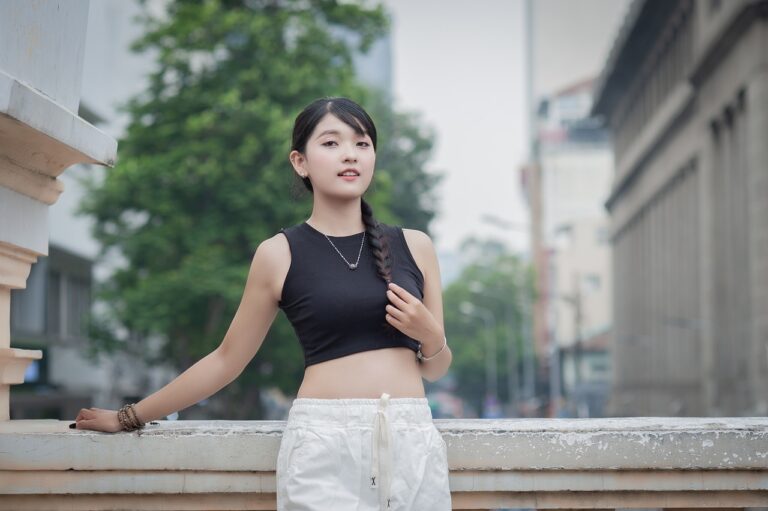The Psychology of Shopping: Understanding Consumer Behavior in the Fashion Market
Consumers in the fashion industry are often influenced by the need for social acceptance and belonging. This psychological factor drives individuals to make purchases that align with the current trends and styles popular among their social circles. The desire to fit in and be perceived positively by others can significantly impact buying decisions, leading to the adoption of particular fashion trends even if they may not align with personal preferences.
Moreover, the concept of self-expression plays a vital role in influencing consumer purchases in the fashion industry. Many individuals use fashion as a means to communicate their identity, values, and beliefs to the world. The clothes and accessories people choose to wear reflect their personality and allow them to convey certain messages about themselves, making fashion a powerful tool for self-expression and self-definition.
The Impact of Social Media on Shopping Behavior
Social media has revolutionized the way consumers shop for fashion items. With the rise of influencers and sponsored posts, individuals are constantly exposed to new trends and products through platforms like Instagram and TikTok. These online channels serve as virtual storefronts, allowing users to browse, engage, and make purchases all within a few taps on their screens.
Moreover, social media platforms create a sense of urgency and FOMO (fear of missing out) among consumers. Limited edition drops, flash sales, and exclusive offers are regularly promoted, prompting individuals to make quick purchasing decisions to avoid feeling left out or missing a great deal. This instant gratification culture facilitated by social media has significantly impacted shopping behavior, driving impulse buys and creating a continuous cycle of consumption.
The Role of Emotions in Decision Making When Buying Fashion Items
Emotions play a significant role in consumer decision-making when purchasing fashion items. The feelings experienced by individuals can heavily influence their choices, leading them towards certain products or brands. Positive emotions such as excitement, joy, or confidence can stimulate a desire to shop and make purchases, while negative emotions like stress, insecurity, or sadness may result in a decreased likelihood of buying.
Moreover, emotions can also impact the way customers perceive the value of fashion items. A person’s emotional state can affect how much they are willing to pay for a particular product, as well as how they justify their purchase. For example, feelings of happiness and satisfaction can make someone more inclined to splurge on a luxury item, while guilt or regret may lead to a desire for more practical and affordable options. Understanding the emotional triggers that influence consumer behavior is crucial for businesses operating in the fashion industry to better cater to their customers’ needs and preferences.
How do psychological factors influence consumer purchases in the fashion industry?
Psychological factors such as personal preferences, social influences, and emotional responses can all play a role in shaping consumer decisions when buying fashion items.
What impact does social media have on shopping behavior in the fashion industry?
Social media has a significant impact on shopping behavior in the fashion industry by influencing trends, promoting products, and facilitating consumer engagement with brands.
How important are emotions in decision making when buying fashion items?
Emotions play a crucial role in decision making when buying fashion items, as they can influence perceptions of products, brand loyalty, and overall satisfaction with the shopping experience.

